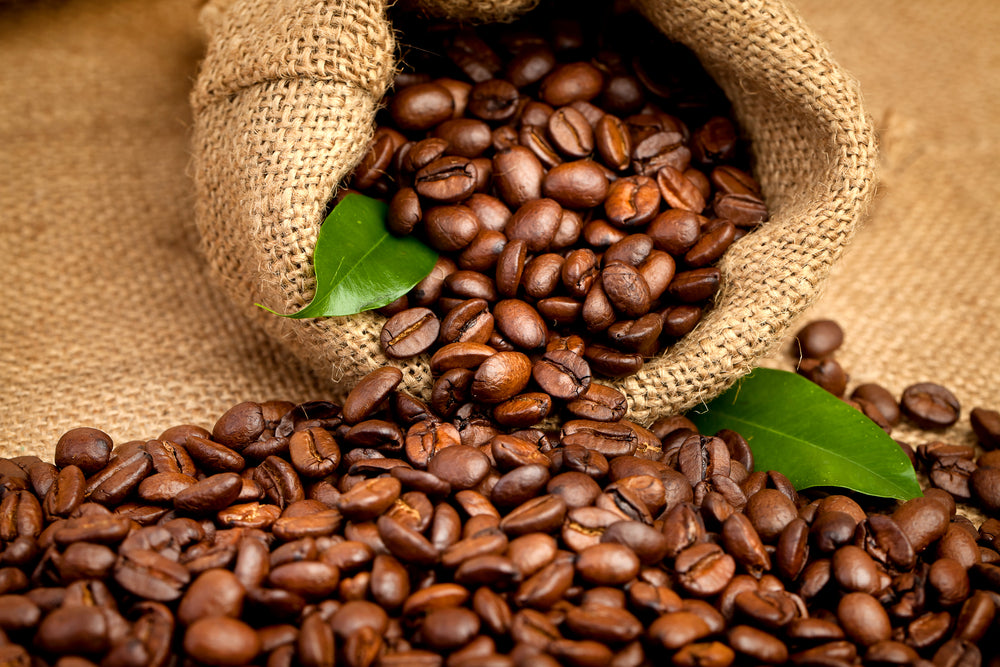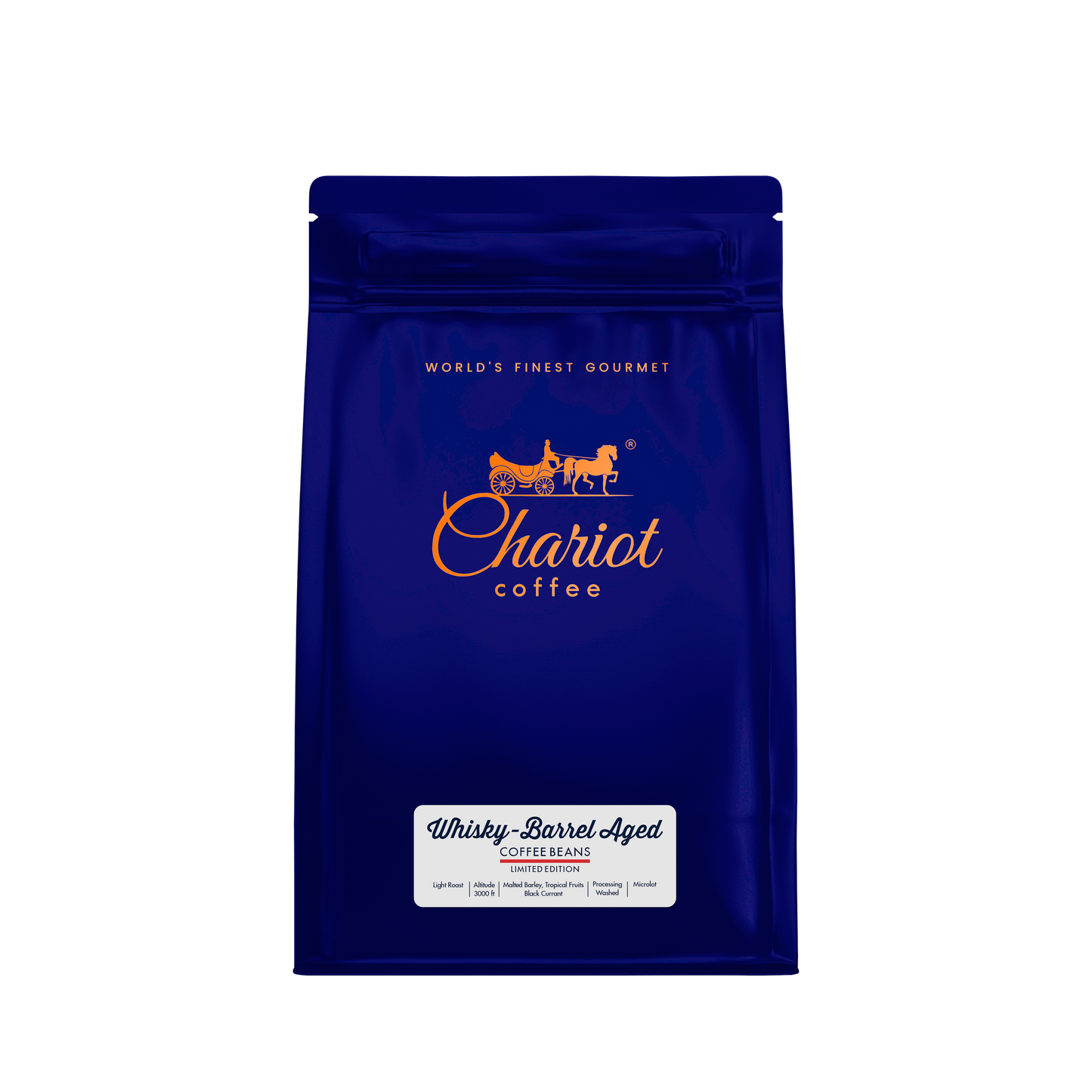
Coffee is one of the most consumed beverages in the world and is enjoyed by millions of people every day. There are two main species of coffee plants, Arabica and Robusta, with Arabica being the superior of the two. In this blog, we'll delve into the world of Arabica coffee and discover what makes it so special.

What is Arabica Coffee?
Arabica coffee is a species of coffee plant that originated in Ethiopia and is widely considered to be the highest quality coffee in the world. It accounts for approximately 60% of the world's coffee production and is grown in countries such as Colombia, Ethiopia, Brazil, and Jamaica. Arabica coffee is known for its smooth and mild flavour with notes of fruit and sugar. It has a low caffeine content compared to Robusta coffee and is often described as having a sweeter, more delicate taste.
The History of Arabica Coffee
Coffee is believed to have originated in Ethiopia over 1,000 years ago and was first cultivated in the Arabian Peninsula. The coffee plant was brought to the Yemen region by Sufi Monks and soon became a popular beverage among the local population. The coffee plants were then spread to other parts of the world, including the Middle East, India, and eventually Europe. Today, Arabica coffee is grown in many countries around the world and is enjoyed by people from all walks of life.
The Characteristics of Arabica Coffee

Arabica coffee is known for its unique flavour profile and is often described as having notes of fruit, sugar, and floral aromas. The coffee has a low acidity and a smooth, velvety finish, making it a popular choice for speciality coffee drinks such as lattes and cappuccinos. The low caffeine content of Arabica coffee makes it an ideal choice for those who want to enjoy a mild, smooth coffee without the jitters.
The Growing Process of Arabica Coffee
Arabica coffee is a slow-growing plant and requires specific conditions to thrive. It is grown at high elevations, between 1,500 and 2,000 meters, in regions with a warm and humid climate. The coffee plant requires well-drained soil and is sensitive to frost and cold temperatures. The Arabica coffee plant takes approximately 3 to 4 years to reach maturity and can produce fruit for up to 20 years.
The Harvesting and Processing of Arabica Coffee
The Arabica coffee plant produces small, red berries that are hand-picked when they are fully ripe. The berries are then processed to remove the outer layer, exposing the coffee beans inside. There are two main methods for processing coffee, the wet method and the dry method. In the wet method, the coffee berries are fermented and then washed to remove the remaining fruit. In the dry method, the coffee berries are left to dry in the sun before the outer layer is removed. The method used for processing coffee can greatly impact the flavour profile of the final product.

The Enjoyment of Arabica Coffee
Arabica coffee is enjoyed by millions of people around the world and is often considered to be the finest coffee available. It can be enjoyed as a simple black coffee or used in a variety of speciality coffee drinks such as lattes, cappuccinos, and Americanos. The unique flavour profile of Arabica coffee makes it a popular choice for coffee connoisseurs and is often used in high-end coffee shops and cafes.
In conclusion, Arabica coffee is a truly remarkable beverage that is loved by millions of people around the world. From its rich history to its unique flavour profile, Arabica coffee is a true masterpiece that deserves to be celebrated.





